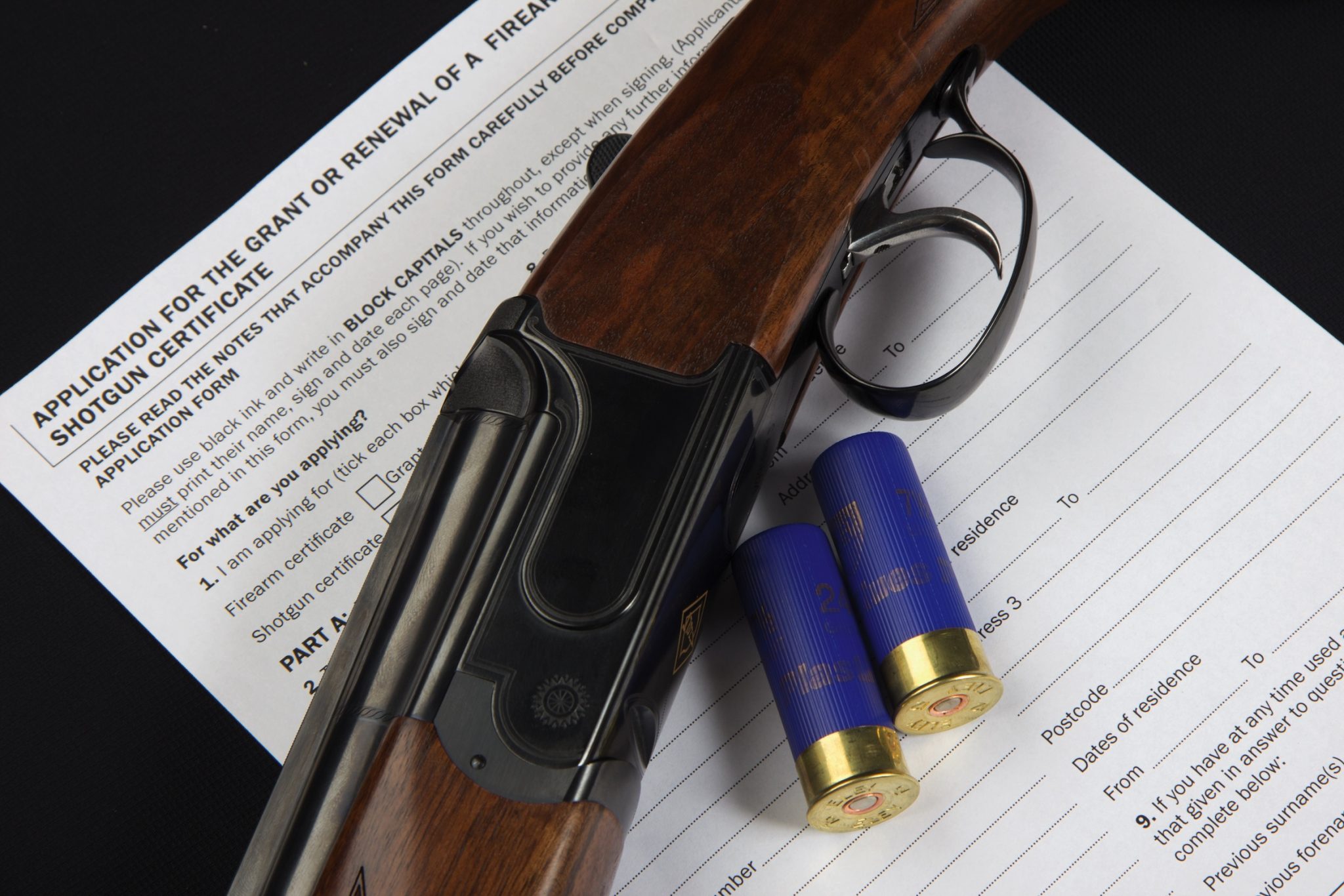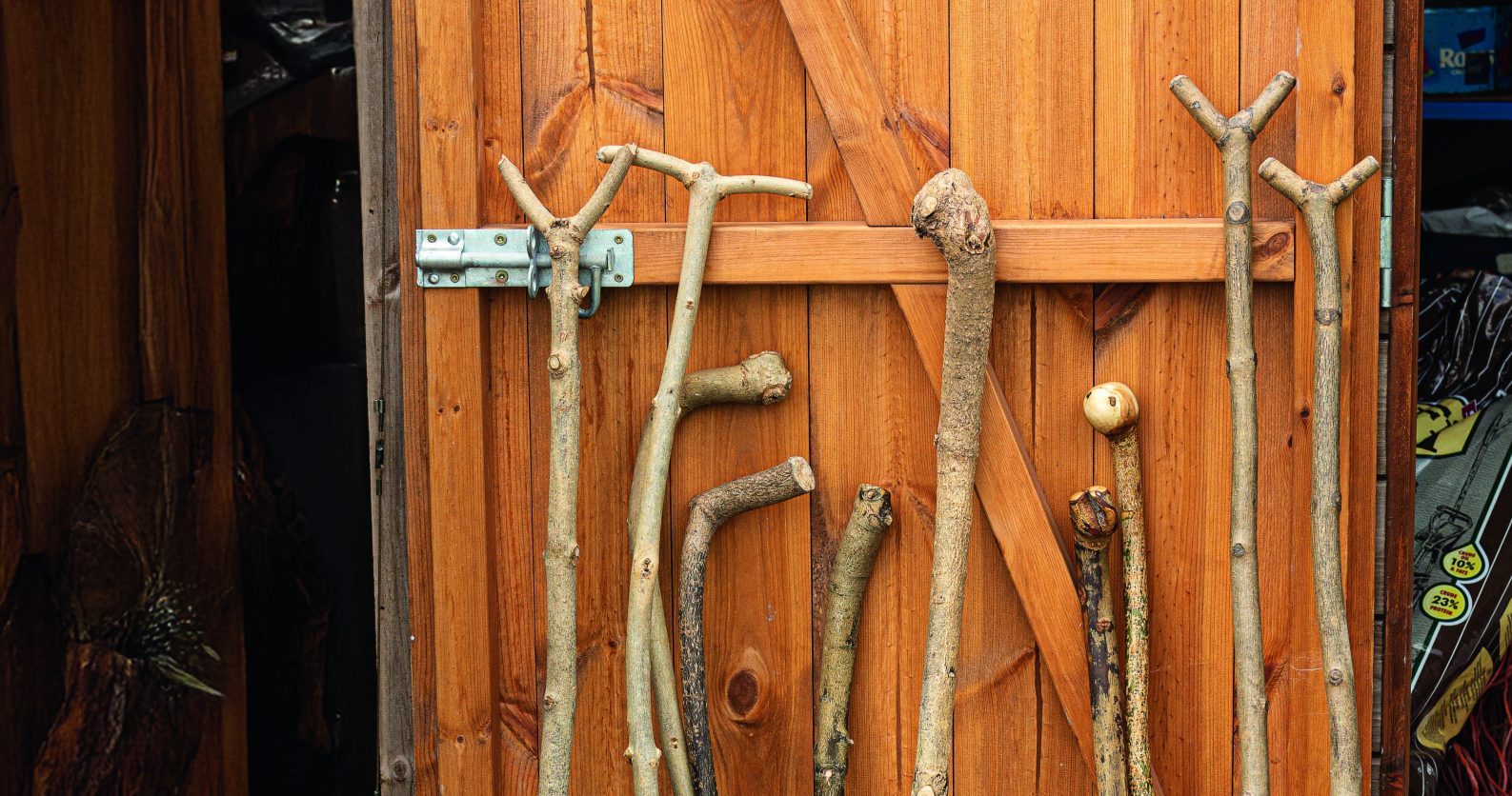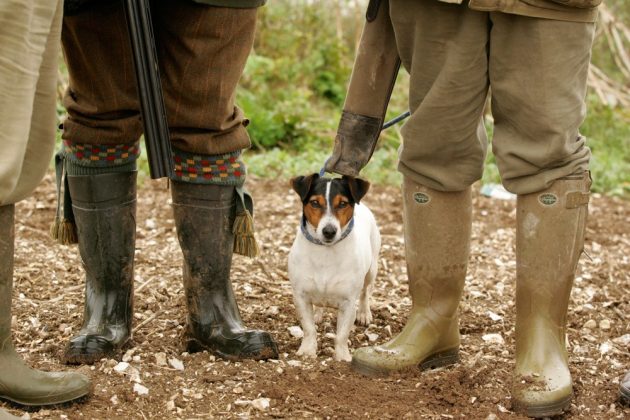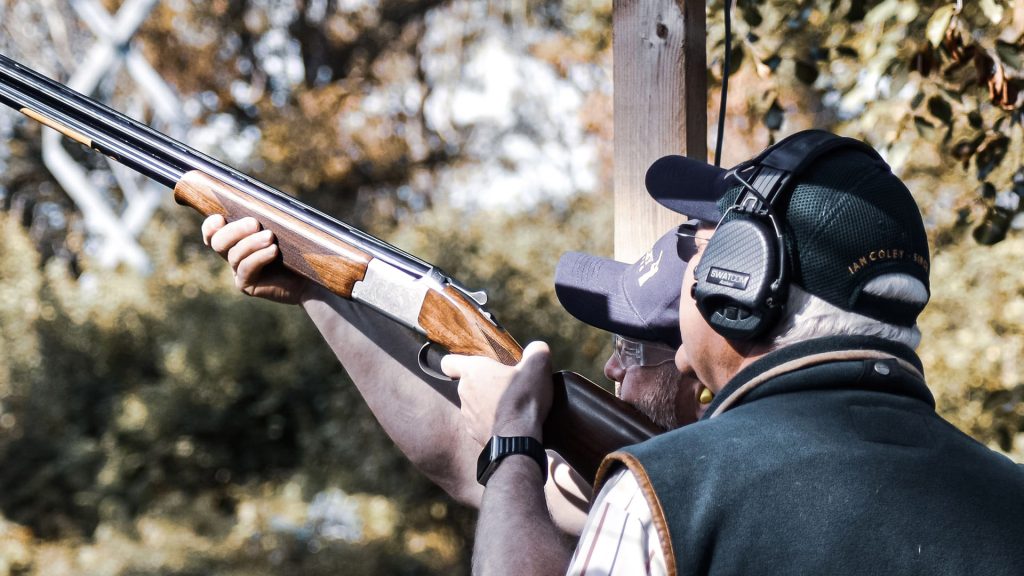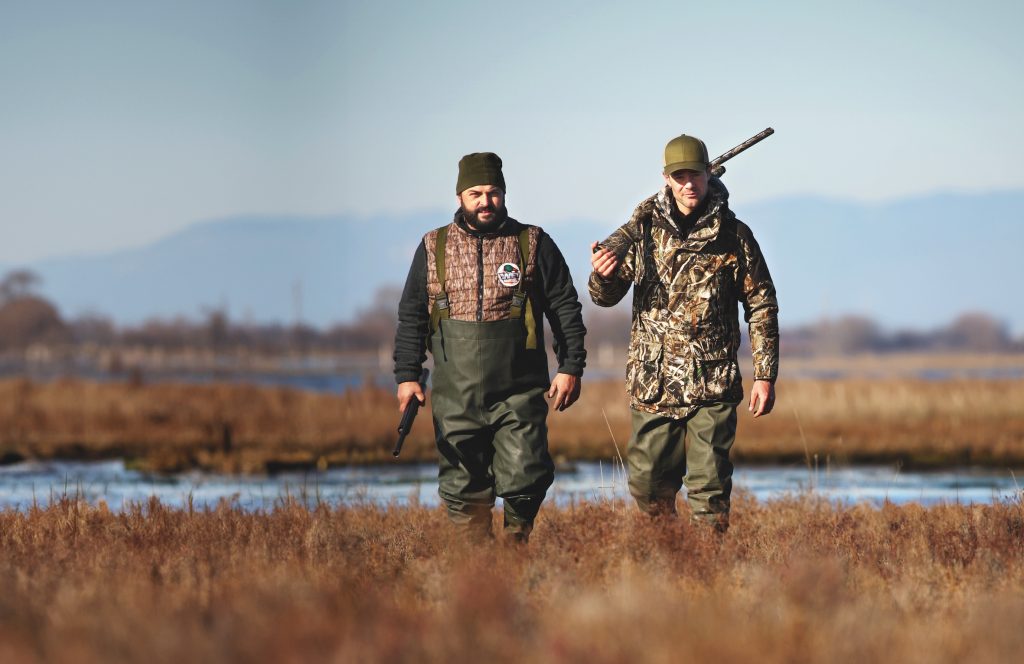Win CENS ProFlex DX5 earplugs worth £1,149 – enter here
Driven pheasant day: How to tell which is your bird and which is your neighbour’s
Ian Grindy shows you how to work out if it's your bird or your neighbour's and discusses etiquette on driven shoots
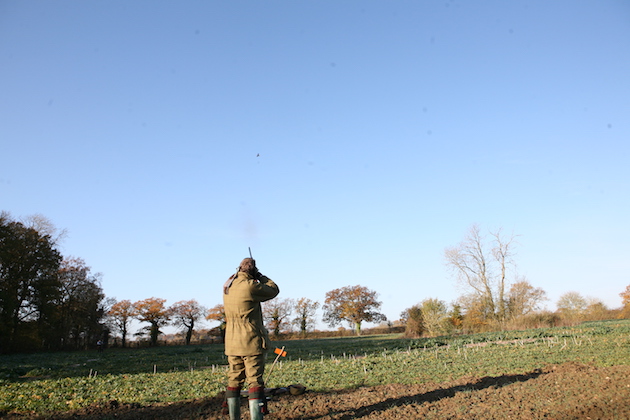 Nick Lander at Blue Barn
Nick Lander at Blue Barn
Finally the season has started and you’re out on your first driven pheasant day. It’s been a while. So you’re on the peg and the birds are soaring towards you.
But how do you know which pheasant to aim at? Which is yours and which is the property of your neighbour? Get it wrong and you’re in a serious breach of etiquette. (Might be worth reading what to wear shooting while you’re at it.)
Here’s our guide to getting it right.
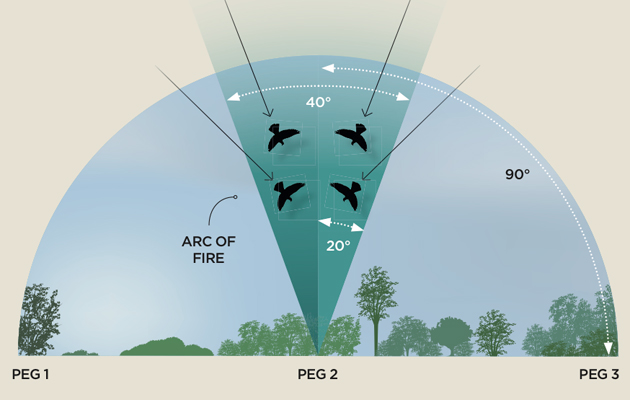
Know your bird
1. My pheasant or not?
If a dead pheasant lands in front of your neighbour’s peg it doesn’t mean that you shouldn’t have shot it. You might shoot a bird out in front of your own peg, but if it’s a crossing shot, or going down the line, then there’s nothing you can do about it. The bird will end up falling by your neighbour’s peg, or even beyond it. There’s little wrong in that, so long as it doesn’t hit anybody on the head.
- In a flat landscape, you can see birds coming from a long way away, and the line of flight is easy to determine.
- Birds driven over steep valleys can be less predictable, and the higher pheasants fly, the more difficult it is to be sure about whose bird it is.
- If the pegs are set fairly close together then the situation becomes even more marginal.
- It’s easy to swing on to a bird that might have been better left for somebody else to deal with.
- Problems start when people consistently poach their neighbour’s birds — drive after drive.
- It can help to visualise a funnel stretching in front of you – with you at the narrow end.
- Make sure that the mouth of the funnel does not encroach on to your neighbour’s territory, and then shoot any birds that fly in to the mouth of the funnel — these are your birds.
A useful rule to follow is that if you think a bird going to make a better shot for your neighbour, you should leave it. (Read more tips pheasant shooting.)
What about low birds?
Taking low birds is not just unsporting and embarrassing, it’s downright dangerous, and the sooner you can nip it in the bud, the better.
Hedgerows, woodland, individual trees or other objects are a great reference point for judging the height or range of a bird.
On flat land, keep your eye on the bird, and watch it climb. The higher it gets, the smaller it appears.
Range and birds
- Judging range and which birds to shoot, and which to leave, will become easier to judge the more experienced you get.
- If you are unsure about the bird being too low, too high, or too far away, you will probably “poke” at it anyway — and miss.
- Poking at birds could lead to wounding, and that is not acceptable.
- Play it safe and shoot only at what you are comfortable with
Range and distance
- Aspire to shoot the best sporting birds at the optimum range and distance for a clean shot.
- The right gun, choke, size of shot and load are important when determining at what you should, or should not, be shooting.
- Remember the golden rule — respect for the bird comes first.
- Shoot within your limitations.
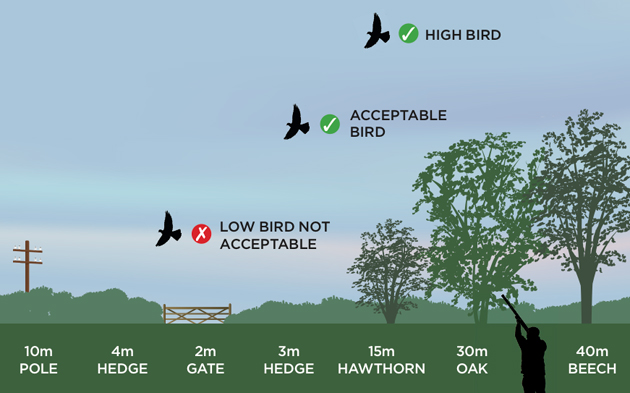
Hedgerows, woodland, individual trees or other objects are a great reference point for judging the height or range of a bird. These things give perspective and context to everything else in the landscape
Birds not to shoot
- Whether you can or cannot shoot woodcock is often covered in the shoot briefing, but not always.
- If you are uncertain, double-check with the shoot captain or host.
- The other no-go area is grey partridge.
- The beaters, keeper or shoot host will usually shout a warning if they see a covey of wild grey partridges coming over the line, but it’s also worth keeping your ears open for the distinctive Kuta, kut, kut call of a wild grey in flight — it is so different from that of redleg partridges.
This piece was originally published in 2014 and has been updated.
Related Articles
Get the latest news delivered direct to your door
Subscribe to Shooting Times & Country
Discover the ultimate companion for field sports enthusiasts with Shooting Times & Country Magazine, the UK’s leading weekly publication that has been at the forefront of shooting culture since 1882. Subscribers gain access to expert tips, comprehensive gear reviews, seasonal advice and a vibrant community of like-minded shooters.
Save on shop price when you subscribe with weekly issues featuring in-depth articles on gundog training, exclusive member offers and access to the digital back issue library. A Shooting Times & Country subscription is more than a magazine, don’t just read about the countryside; immerse yourself in its most authoritative and engaging publication.



